Model organisms: yeast
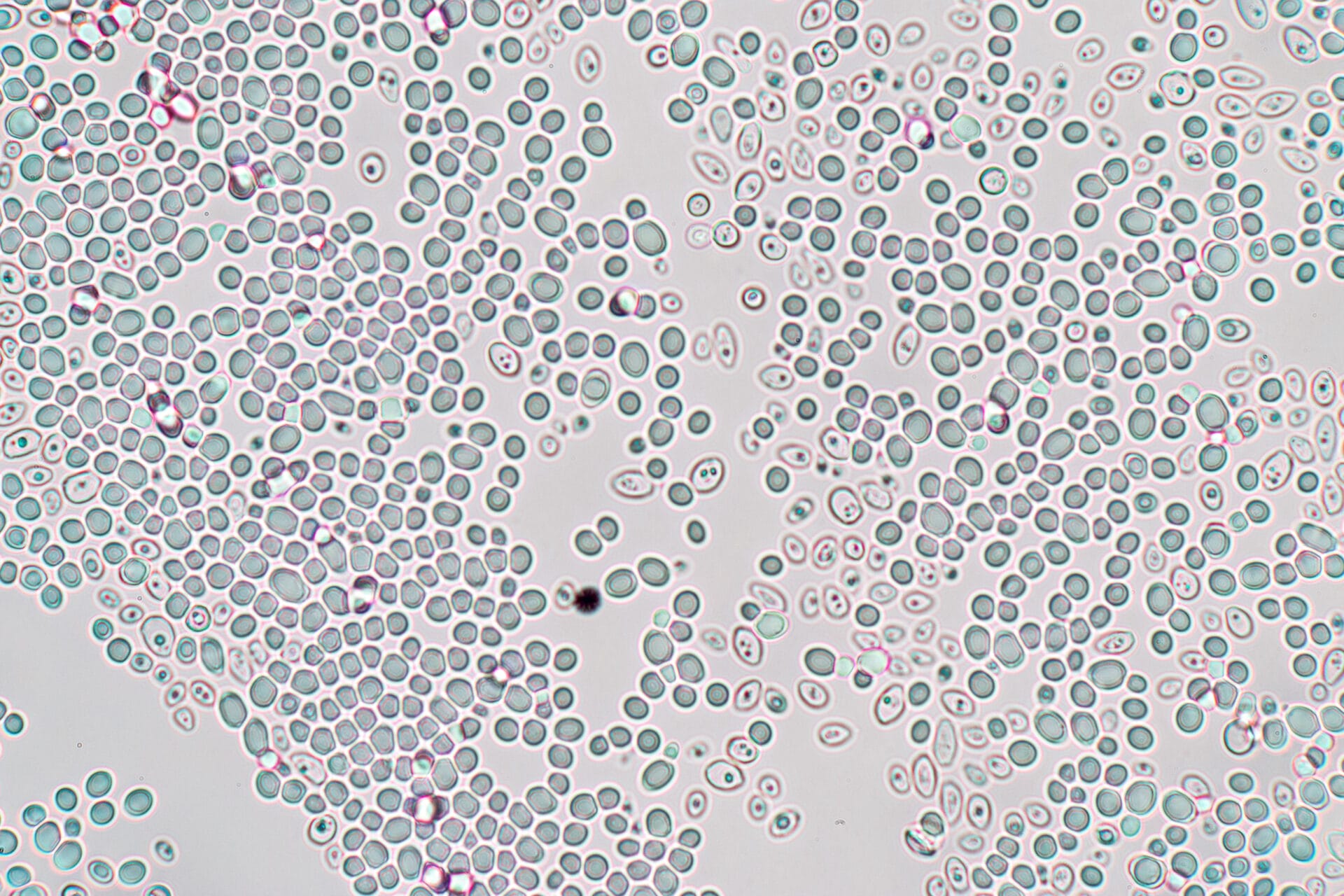
Yeast is commonly used to investigate genetics, the biological processes that occur in cells and to work out the connections between genes and the proteins they code for.
Key terms
Eukaryote
A single or multi-celled organism whose cells contain a nucleus and other membrane-bound organelles. Animals, plants and fungi (including yeast) are eukaryotes.
Model organism
A species that has been widely studied in biology, usually because it is easy to maintain and breed in a laboratory setting and has particular experimental advantages.
- Model organisms are non-human species that are used in research to help us understand specific areas of biology.
- Yeast is a single-celled organism that’s commonly used in genetics research because it has many similarities with our cells.
- Studying yeast has revealed important information about the biological processes of our cells and led to a deeper understanding of what happens when these processes go wrong.
Understanding yeast
- The single-celled organism yeast is one of the simplest eukaryotic organisms.
- Although it’s very simple, it shares many cellular processes and biological properties with human cells. For example, cell division is controlled in a similar way in both organisms.
- Two types of yeast commonly used in research are Baker’s yeast (Saccharomyces cerevisiae – also used in the bread-making industry) and fission yeast (Saccharomyces pombe).
- Baker’s yeast shares around 6,000 genes with humans, while fission yeast shares around 5,000. Baker’s yeast was the first eukaryotic organism to have its genome sequenced, in 1996.
What have we learned from using yeast in research?
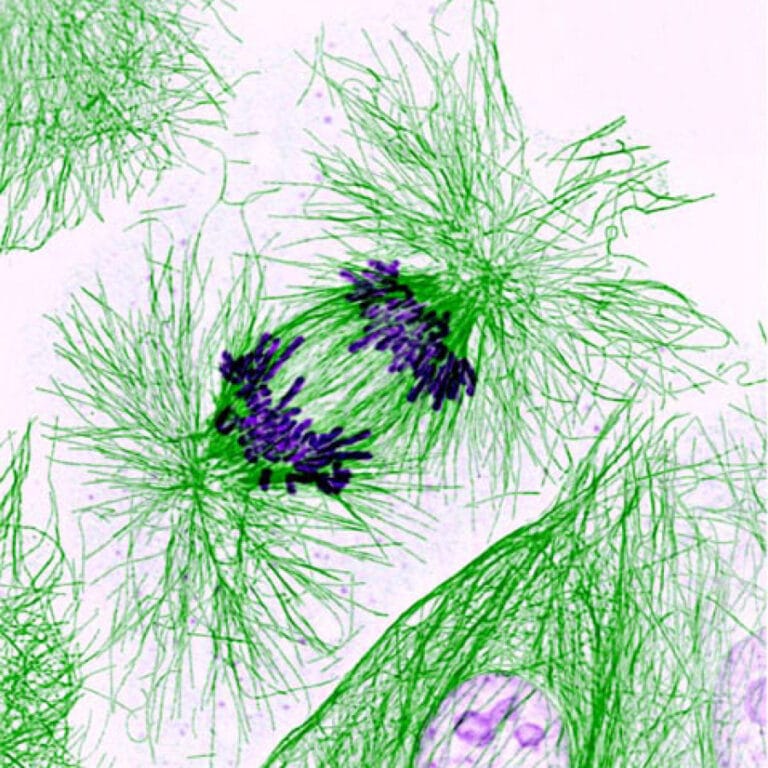
How cells divide
The process by which cells divide into two was discovered in yeast and is universal across eukaryotes. This discovery won Leland Hartwell, Paul Nurse and Tim Hunt the 2001 Nobel Prize.
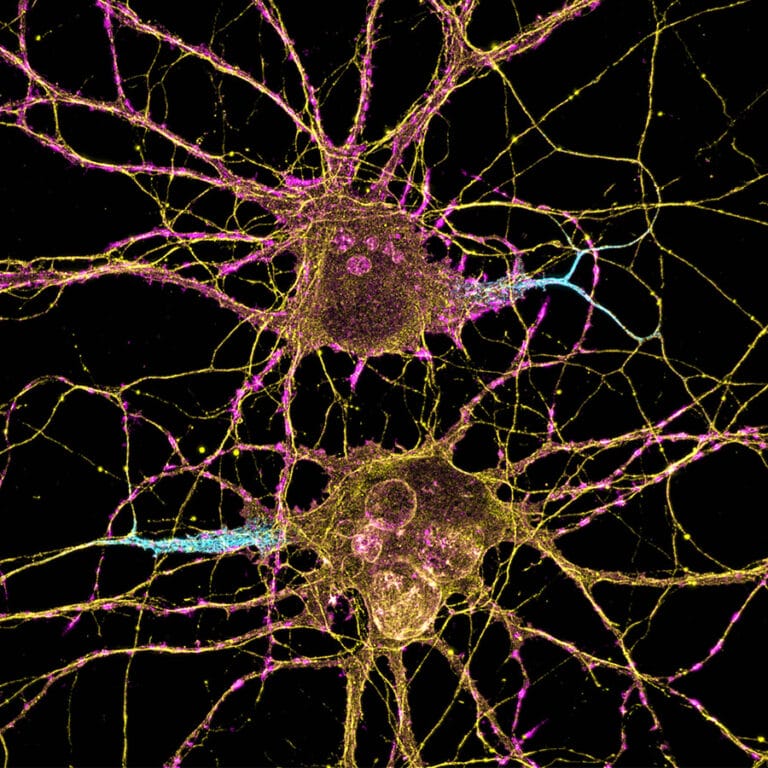
How proteins fold during neurodegeneration
Neurodegenerative conditions, including Parkinson’s disease and dementia, often have specific proteins that fold in the wrong way and disrupt brain function. Using yeast cells, scientists have been able to investigate the way these proteins fold and test potential drugs that could help them to fold correctly.
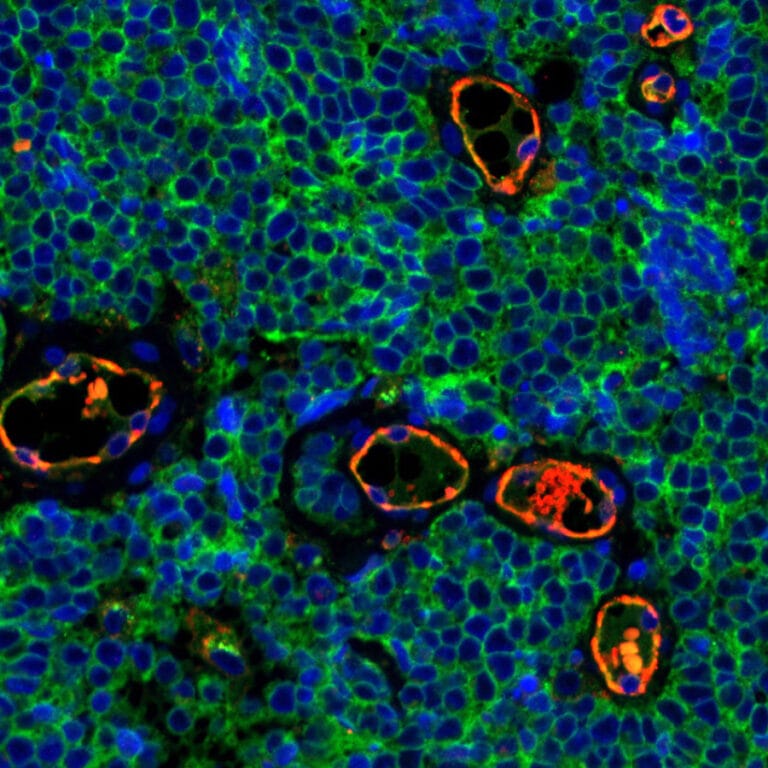
The genes involved in certain cancer types
MHS2 and MLH1 are the two genes with the most similarities between humans and yeast and are involved in the development of hereditary non-polyposis colorectal cancer in humans. Examining these genes in yeast helped scientists understand their role in cancer.
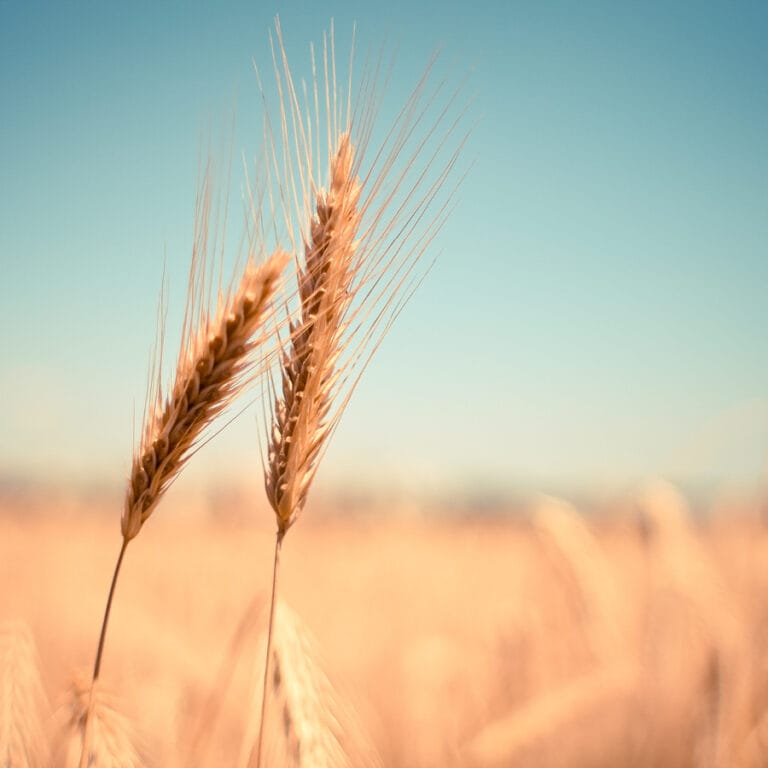
How plants draw nutrients up from their environment
Yeast is used in a range of fields, including agricultural research. Scientists are investigating how yeast cells use similar proteins to plant root cells to absorb nutrients from their environment. This information could help to develop crops that grow better in poor soil conditions or are more nutritious.
What are the benefits of using yeast in research?
- It’s easy and inexpensive to grow in the lab. A culture can be easily grown overnight, and experiments can be performed in a few days.
- At least 23% of human genes that are involved in disease have counterparts in yeast.
- Genetic engineering in yeast is easy and cheap compared to in more complex animals, such as mice and zebrafish. Genetic variations that cause conditions in humans can be easily introduced into yeast to investigate their impact on basic cellular processes.
- Drugs can be tested in yeast to see if they can restore the function of faulty proteins caused by genetic mutations.
What are the limitations of using yeast in research?
- Animals and plants are multicellular, and their cells interact with each other in complex ways that can’t be studied in yeast - which is a simple, single-celled organism.
- Although there are genes in yeast that are equivalent to human genes, they don’t all act in the same way.
- Some of the processes in yeast cells are not found in other eukaryotes. Equally, some of the processes found in other eukaryotes are not found in yeast cells.